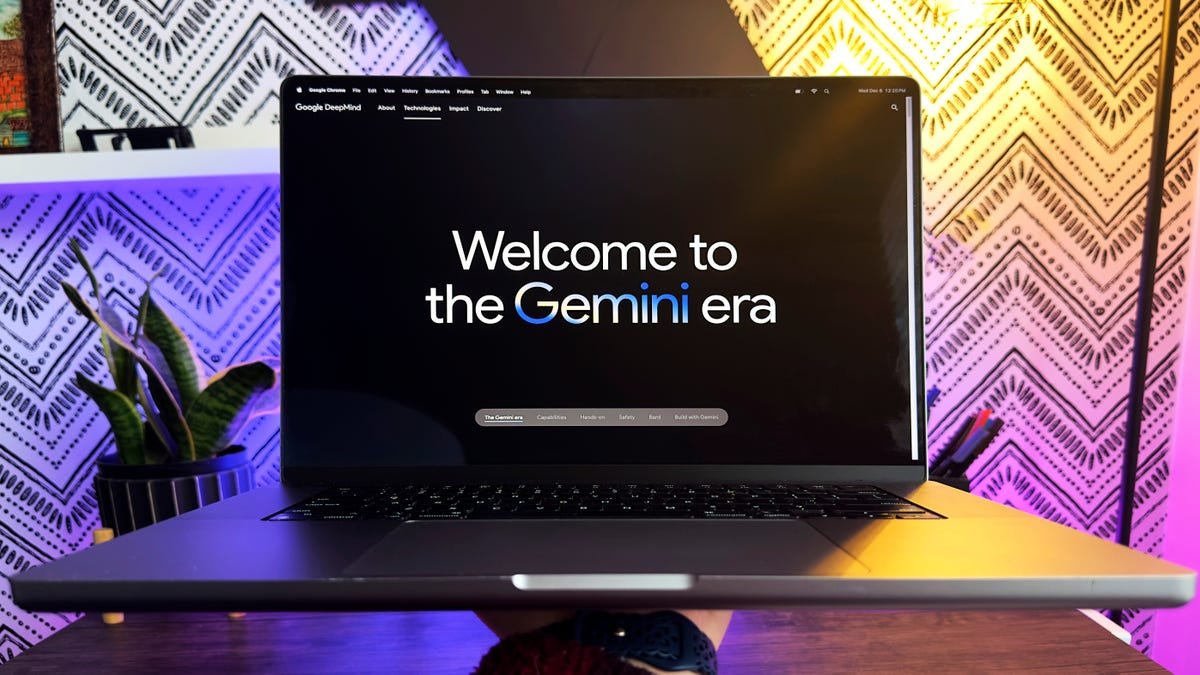The AI Investment Landscape: A Divide in Silicon Valley
The New Era of Artificial Intelligence
For Silicon Valley venture capitalists, the landscape has bifurcated into two distinct camps: those with substantial resources to invest in artificial intelligence (AI) titans, and others watching closely as the AI revolution unfolds.
The Generative AI Surge
The generative AI excitement kicked off by ChatGPT in 2022 has led to meteoric valuations for a select few venture-backed companies. Leading the charge is OpenAI, which recently raised an astounding $40 billion in a funding round that elevated its valuation to an unprecedented $300 billion—truly a historic moment in Silicon Valley.
Rising Giants
Other notable AI players are not far behind. Anthropic recently reached a valuation of $61.5 billion, while Elon Musk’s xAI is reportedly negotiating a funding round worth $20 billion, aiming for a $120 billion valuation.
A Shifting Competitive Landscape
The stakes have escalated to such heights that even major venture capital firms—historically pioneers of the internet revolution—now find themselves struggling to compete.
Who Remains in the Game?
Today, only those with the deepest pockets are thriving: big tech companies, Japan’s SoftBank, and Middle Eastern investment funds are heavily betting on a post-fossil fuel future.
Analysts Weigh In
Emily Zheng, a senior analyst at PitchBook, highlighted this stark division at the Web Summit in Vancouver. "There’s a really clear split between the haves and the have-nots," she observed. "While the top-line figures appear impressive, they represent only a handful of elite startups, most of which are in AI."
The Challenge for VCs
Given the belief that AI signifies a transformative shift, venture capitalists face a daunting challenge: locating viable investment opportunities in an increasingly expensive and disruptive market.
Customer Demand for AI Solutions
Simon Wu from Cathay Innovation identifies a clear customer demand for AI-driven enhancements. However, the bulk of the spending tends to flow into the coffers of the largest enterprises. "AI solutions that enhance efficiency are flying off the shelves," Wu noted. "Decision-makers are finding the budget to spend on OpenAI and other major players."
Charting New Territory
According to Andy McLoughlin, managing partner at Uncork Capital, the real challenge lies in finding opportunities where these mega-platforms do not dominate. "Companies like OpenAI and Anthropic have enormous capabilities," he explained. "Identifying niches that they can’t occupy is crucial."
Speed of Change
Finding such opportunities is particularly challenging in an industry where the large language models powering ChatGPT, Claude, and Google’s Gemini seem to offer limitless potential. The pace at which AI giants like Google, Microsoft, and Amazon roll out new tools and products is unprecedented.
A Changing Landscape
The abilities of ChatGPT and its competitors now include search, translation, and coding within a single interface, raising concerns among investors about the viability of new entrants amidst stiff competition.
Disruption of Traditional Models
Generative AI is democratizing software development, enabling non-professionals to create applications with just straightforward prompts. This evolution threatens the conventional organizational structures of startups.
The Investor’s Perspective
Christine Tsai, CEO at 500 Global, shared her insights: "Every day I wonder what new changes or announcements will impact us as tech investors," she reflected.
The Quest for a “Moat”
In the lexicon of Silicon Valley, businesses are grappling with finding a “moat”—a unique faculty or breakthrough that provides a sustainable competitive advantage, akin to Microsoft Windows in the ’90s or Google Search in the 2000s.
The Business Software Challenge
Brett Gibson, managing partner at Initialized Capital, noted that AI is reshaping the fundamental aspects of what is investable in the business software sector.
Risks and Uncertainty
The risks are heightened given that the economics of generative AI remain untested. Even established names face an uncertain path to profitability, given the staggering investments required.
Skepticism Among Investors
The soaring valuations of companies like OpenAI prompt skepticism. "People are beginning to question if this technology can genuinely replace traditional labor costs to justify the investments," remarked Wu.
Looking to the Future
Despite the challenges, only a select few contrarians dare to question the permanence of generative AI. McLoughlin predicts a significant shift in the next five years: "We will not approach AI in the same manner as we do today; it will become an integral part of everything we build."
Conclusion
As the sector evolves, the question remains: who will emerge as the key players in this fast-changing landscape of artificial intelligence?
Questions & Answers
1. What are the two camps identified among Silicon Valley venture capitalists?
Answer: The first camp includes investors with significant resources to fund AI titans, while the second camp consists of those observing developments without substantial investment capacity.
2. Who is leading the AI funding race?
Answer: OpenAI is at the forefront, having raised $40 billion in its latest funding round for a valuation of $300 billion.
3. What challenges are venture capitalists currently facing in the AI landscape?
Answer: They are tasked with identifying viable investment opportunities in a market characterized by high costs and rapid disruption, particularly from major players like OpenAI and Anthropic.
4. How has generative AI changed software development?
Answer: Generative AI has democratized the process, enabling non-professionals to create applications from simple prompts, which disrupts traditional startup models.
5. What does the term "moat" refer to in Silicon Valley?
Answer: A "moat" refers to a unique competitive advantage that protects a business from rivals, making it difficult for them to catch up.







